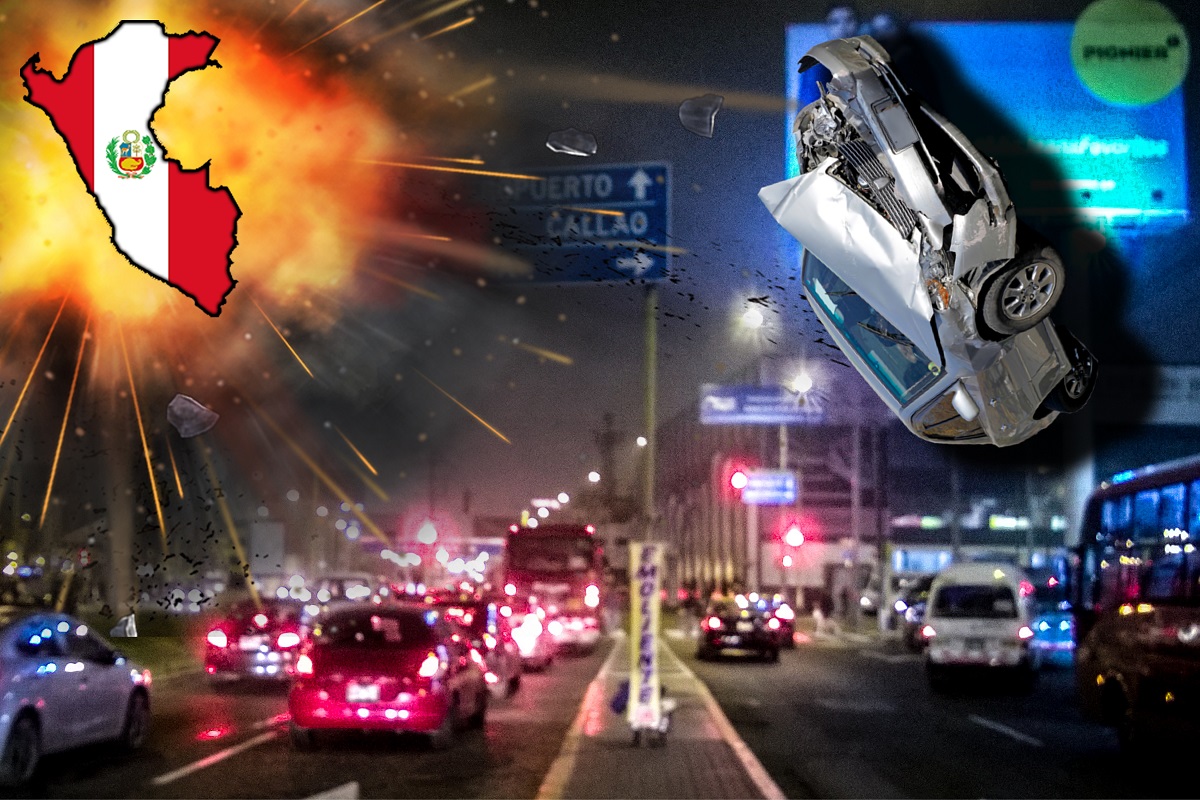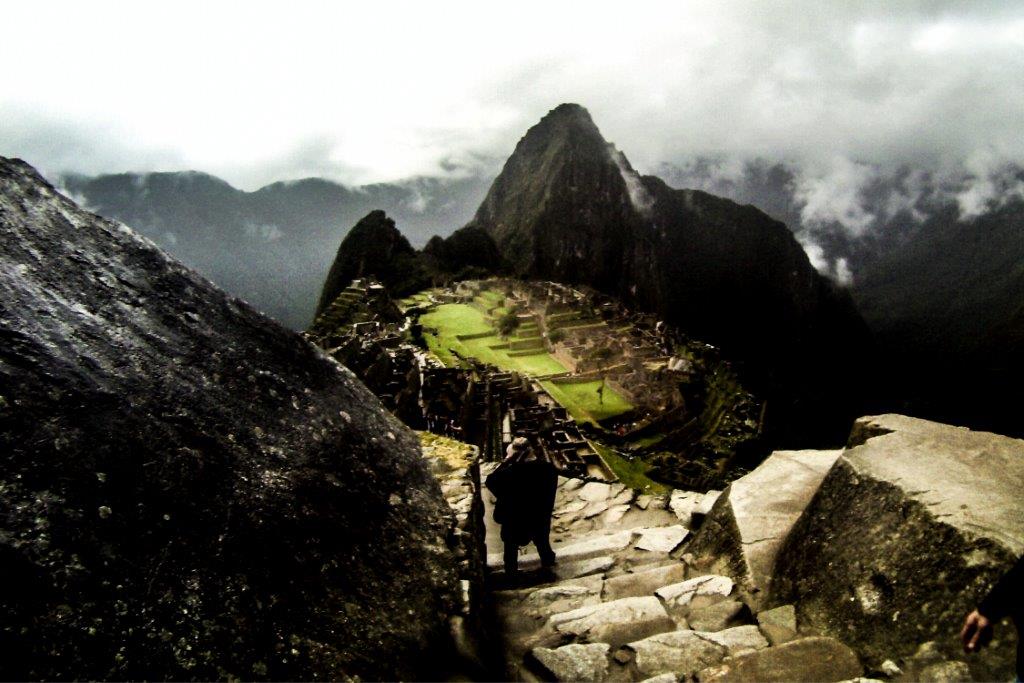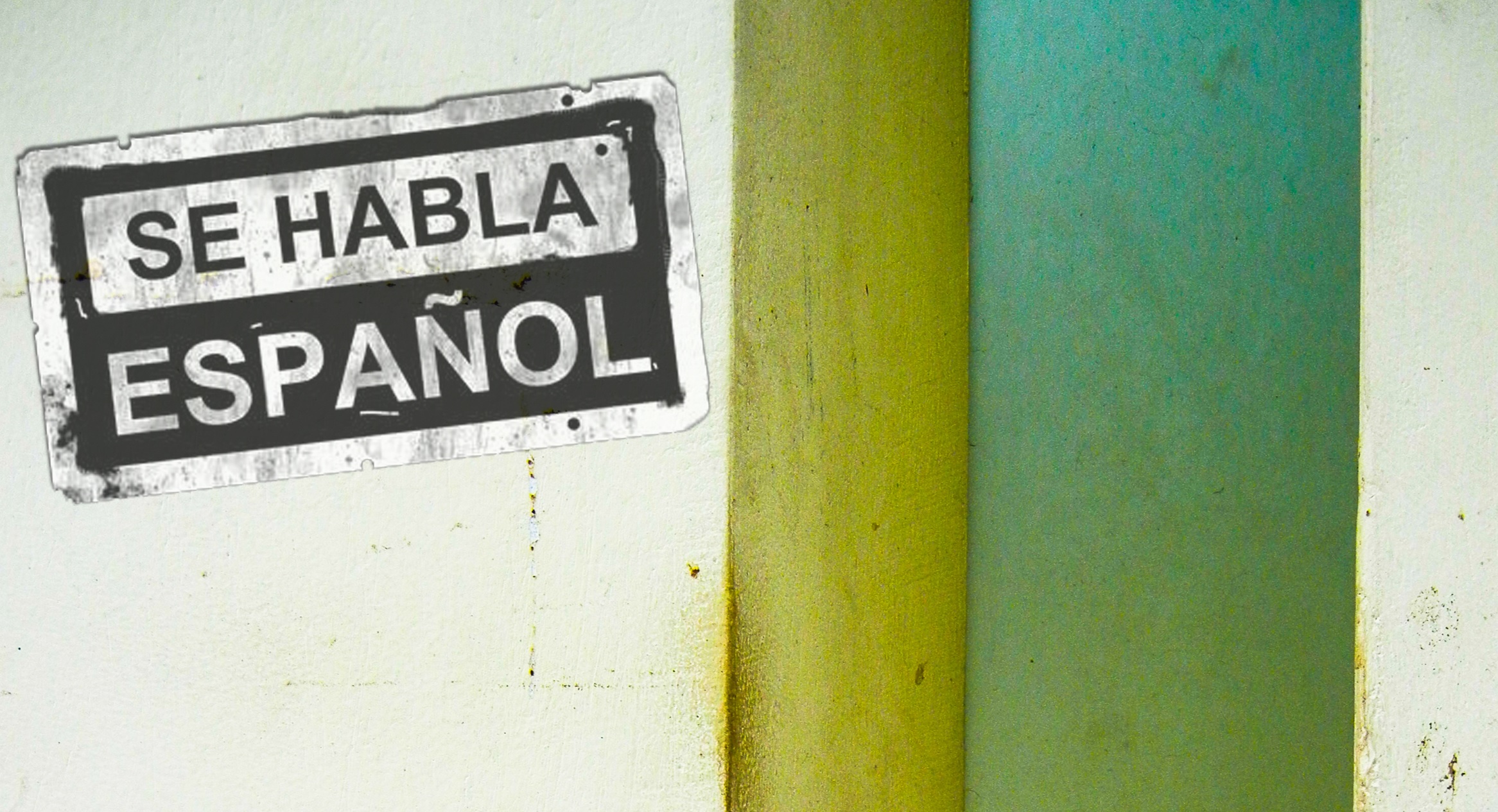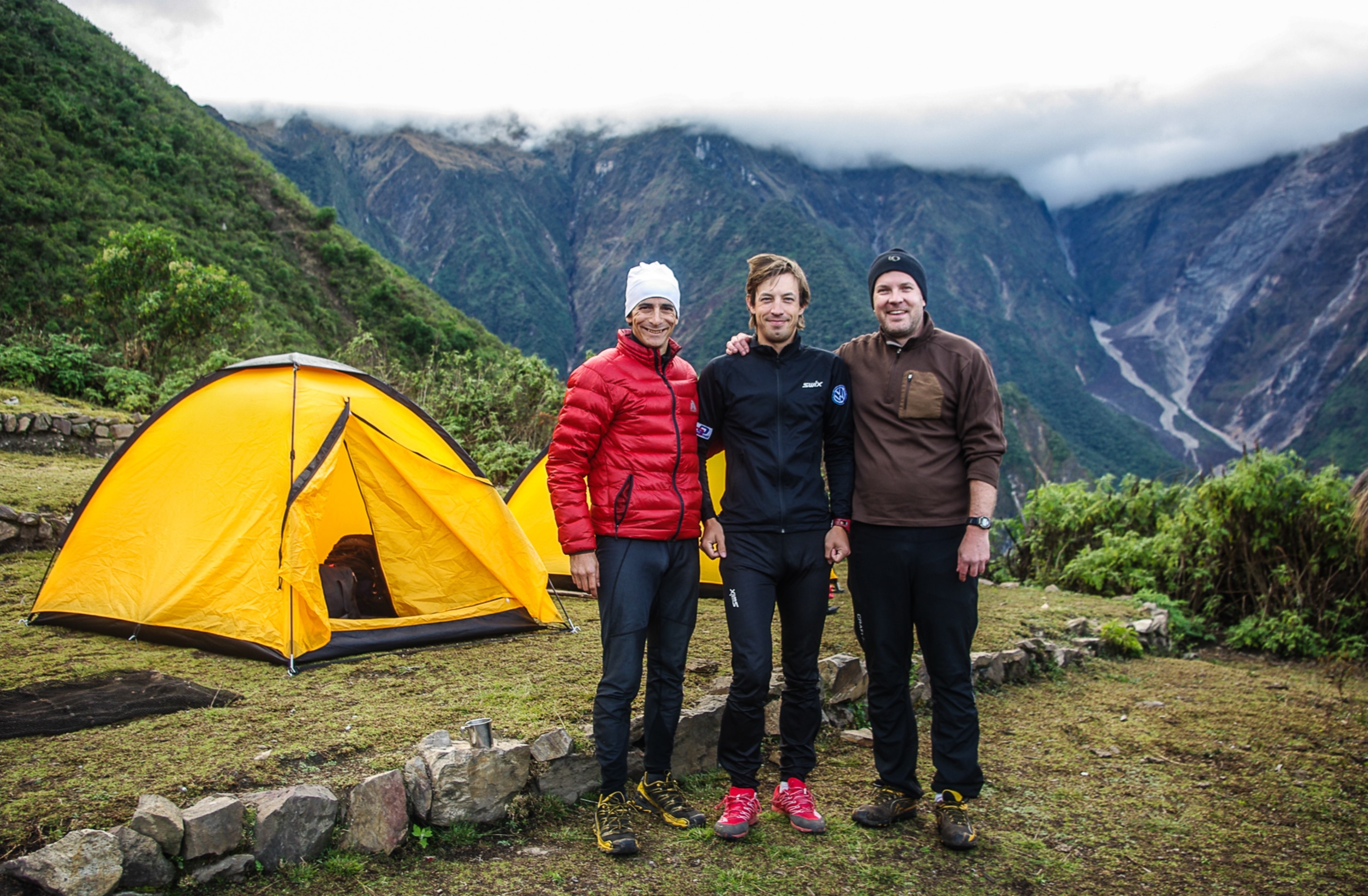Drive in Peru
The sad reality of driving in Peru means at least 50 people are injured or killed daily on the roads of Lima, the country’s capital. Despite aggressive driving and poor road conditions, it doesn’t mean that driving in Peru has to be a dangerous affair but having your wits about you will certainly go a long way to ensuring a safe journey through urban streets and mountainous roads. While you don’t necessarily need a car to drive in Lima, the rest of the country’s transport system can be relatively uncomfortable and time consuming so driving a car could be your better option for exploring this stunningly beautiful part of the world.
Choosing the right vehicle
Due to the road conditions, difficult mountain terrains and long stretches along desert coast, a four wheel drive would be a preferable choice to make your journey easier and more comfortable. Do your research before you embark on a road trip in Peru and compare features of a truck, SUV or wagon to see which vehicle suits your needs the best. You want to make sure the vehicle you choose falls into the specifications needed to tackle the quality of roads and the type of vacation you wanting to do so opt for a car that ticks most boxes.
Be aware of hazards
While Peru may have its dangers on the road, particularly in the dark, the unique terrain remains a fantastic opportunity to observe the beauty of the country’s landscape. However, there is certain advice you need to be aware of as Peruvians can appear to be crazy drivers without much care for the rules of the road and it’s not unusual to see more cars in a lane than there should be! Similarly, road signs are minimal and traffic lights can often be ignored so driving defensively is sometimes your only option. If you’re visiting during the rainy season, be aware that landslides are common so roads can be blocked and fog is renowned on coastal and mountain highways.
Get to know the basics
Make sure you always have your passport and driver’s license on you at all times particularly if you’re unfortunate enough to get pulled over by the Peruvian police who are known for being corrupt when it comes to tourists. Familiarizing yourself with local laws and driving customs is essential before hitting the roads, and it’s also a good idea to monitor local news or asking locals about road conditions for your route beforehand. When driving in remote areas, you should always carry spares such as tires and parts, and make sure you have enough fuel to continue your journey.
If you’re preparing to drive in Peru, don’t let local drivers put you off – just as long as you expect the unexpected you should have a great road trip ahead.









